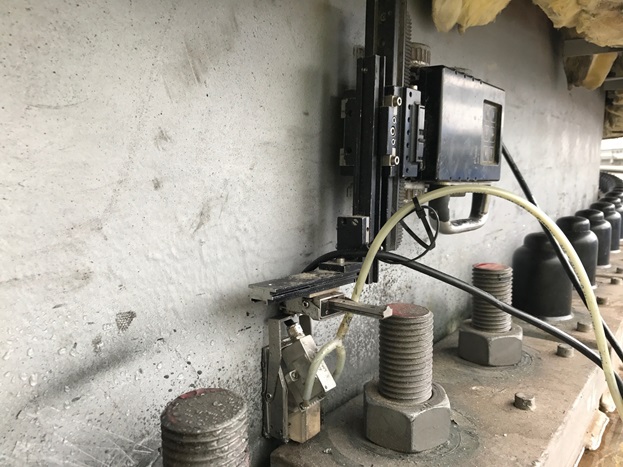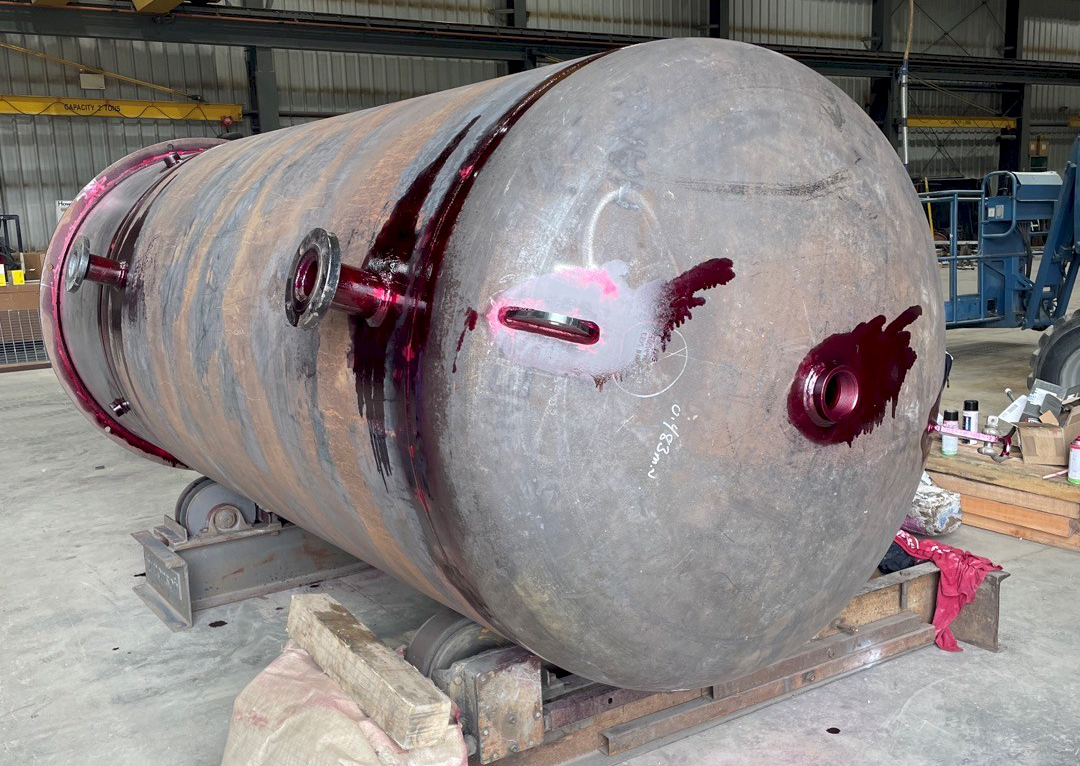
Comprehending the Value of Rigorous Container Welding Inspection Processes in Stopping Failings and Enhancing Life Expectancy
In the world of industrial procedures, the importance of extensive container welding examination procedures can not be overemphasized. These inspections function as an essential line of protection against possible failings that could not only compromise property honesty yet likewise posture extreme safety and security threats. By executing various evaluation approaches, companies can find flaws early, consequently preventing pricey repercussions and prolonging the life of their storage containers. The landscape of compliance and finest methods is ever-evolving, motivating a more detailed exam of exactly how these procedures can be maximized for maximum performance. What are the arising fads and difficulties that specialists must browse?
Significance of Welding Evaluations
Acknowledging the critical duty of welding inspections in keeping structural honesty, these procedures ensure that welds meet well-known criteria and specifications - Tank Welding Inspection. Effective welding evaluations are extremely important in the building and upkeep of containers, as they directly affect the resilience and safety and security of the frameworks. By identifying possible deficiencies, such as improper techniques or product defects, assessments reduce the risk of catastrophic failures
Welding inspections incorporate various methods, including aesthetic examinations, non-destructive testing (NDT), and evaluations of welding treatments. Each method serves to confirm the quality and conformity of welds with sector policies, thus protecting both workers and ecological rate of interests. Furthermore, normal examinations cultivate a culture of responsibility and excellence within the labor force, guaranteeing that all staff member abide by best practices.
In addition, these evaluations add to the general lifecycle administration of containers by determining wear or degradation early in the process. By dealing with these problems proactively, organizations can extend the operational lifespan of their properties, ultimately causing set you back financial savings and improved reliability. In summary, the relevance of welding assessments can not be overstated; they are vital for ensuring safety, long life, and compliance in container construction and maintenance.
Common Reasons For Storage Tank Failures
Understanding the typical reasons for container failures is crucial for preventing devastating cases and ensuring the durability of storage space systems. One widespread root cause of tank failure is corrosion, which can considerably compromise the architectural stability of tanks with time. Environmental aspects, such as exposure to dampness, chemicals, and temperature level variations, can accelerate this procedure.
One more essential aspect is incorrect welding techniques, which may result in problems like cracks or incomplete joints. These issues can endanger the container's stamina and cause leakages or ruptures. Furthermore, insufficient maintenance techniques can lead to undetected wear and tear, inevitably enhancing the risk of failing.
Style flaws, consisting of inadequate density or inadequate product option, can likewise add to storage tank susceptabilities. Additionally, functional factors, such as overfilling or exposure to severe stress, can strain the container past its designated limits.
Key Inspection Techniques
Reliable examination strategies play a vital role in reducing the risks related to storage tank failures. An extensive strategy to storage tank welding inspection entails several vital strategies, each designed to identify potential defects and make sure architectural integrity.
Visual assessment remains the initial line of protection, enabling examiners to identify surface anomalies such as fractures, deterioration, or imbalance. This strategy is often supplemented by non-destructive testing (NDT) methods, which are essential for analyzing weld top quality without compromising the storage tank's stability.

Additionally, magnetic fragment screening (MPT) and color penetrant testing (DPT) work for you could try this out discovering surface issues in ferromagnetic products and non-porous surfaces, respectively. Each strategy has its strengths and constraints; therefore, a combination of methods is commonly employed to accomplish comprehensive inspection results.
Advantages of Strenuous Examinations
While the immediate prices of rigorous evaluations might appear daunting, the lasting advantages considerably outweigh these first financial investments. Carrying out thorough examination refines not just enhances the honesty and security of storage tank structures yet also minimizes the threat of tragic failings that can lead to considerable monetary losses and environmental injury.
Strenuous examinations aid identify prospective problems early in the welding procedure, permitting prompt restorative activities that prevent expensive repairs or substitutes down the line. This positive strategy promotes a society of top quality assurance, where adherence to ideal techniques ends up being ingrained in functional treatments. Normal inspections contribute to enhanced asset long life, as they make certain that tanks stay in optimum condition throughout their life-span.
In addition, the documentation created from these evaluations offers as a valuable resource for maintenance planning and efficiency evaluations. This data-driven strategy can also improve functional performance, resulting in decreased downtime and improved productivity. Eventually, extensive evaluations not only secure the architectural honesty of containers but also offer substantial financial benefits, enhancing the notion that buying top quality assurance is a smart choice for any type of company associated with container procedures.
Regulative Standards and Conformity
Governing requirements and compliance are important parts of tank welding examination procedures, as they establish the structure for making sure safety and security and high quality in procedures. Compliance with these requirements not just minimizes threats but additionally enhances the overall stability of bonded frameworks. Various companies, consisting of the American Society of Mechanical Designers (ASME) and the American Oil Institute (API), visit here offer standards that determine acceptable techniques for welding, inspection, and screening.
These criteria mandate using certified personnel, the application of rigorous inspection procedures, and adherence to details welding treatments. By aligning with governing demands, organizations can ensure that their storage tanks fulfill the required safety and performance requirements, therefore reducing the likelihood of tragic failings that can bring about significant economic losses and ecological damages.

Moreover, regulative compliance promotes a society of accountability and continual improvement within the welding and manufacture sectors (Tank Welding Inspection). Normal audits and evaluations ensure that practices remain aligned with advancing standards, therefore promoting long-term dependability and functional performance. Eventually, adherence to regulatory standards not only protects possessions but likewise boosts the life-span of welded tanks, ensuring they offer their intended objective effectively in time
Final Thought
To conclude, extensive container welding examination processes play a fantastic read a crucial duty in avoiding failures and expanding the life-span of storage space frameworks. By identifying possible deficiencies through various evaluation methods, organizations can alleviate threats connected with tank stability. The execution of these examinations promotes a society of high quality assurance, resulting in enhanced possession long life, reduced maintenance costs, and improved operational effectiveness. Sticking to governing requirements even more emphasizes the relevance of these assessments in preserving safety and security and integrity within the market.